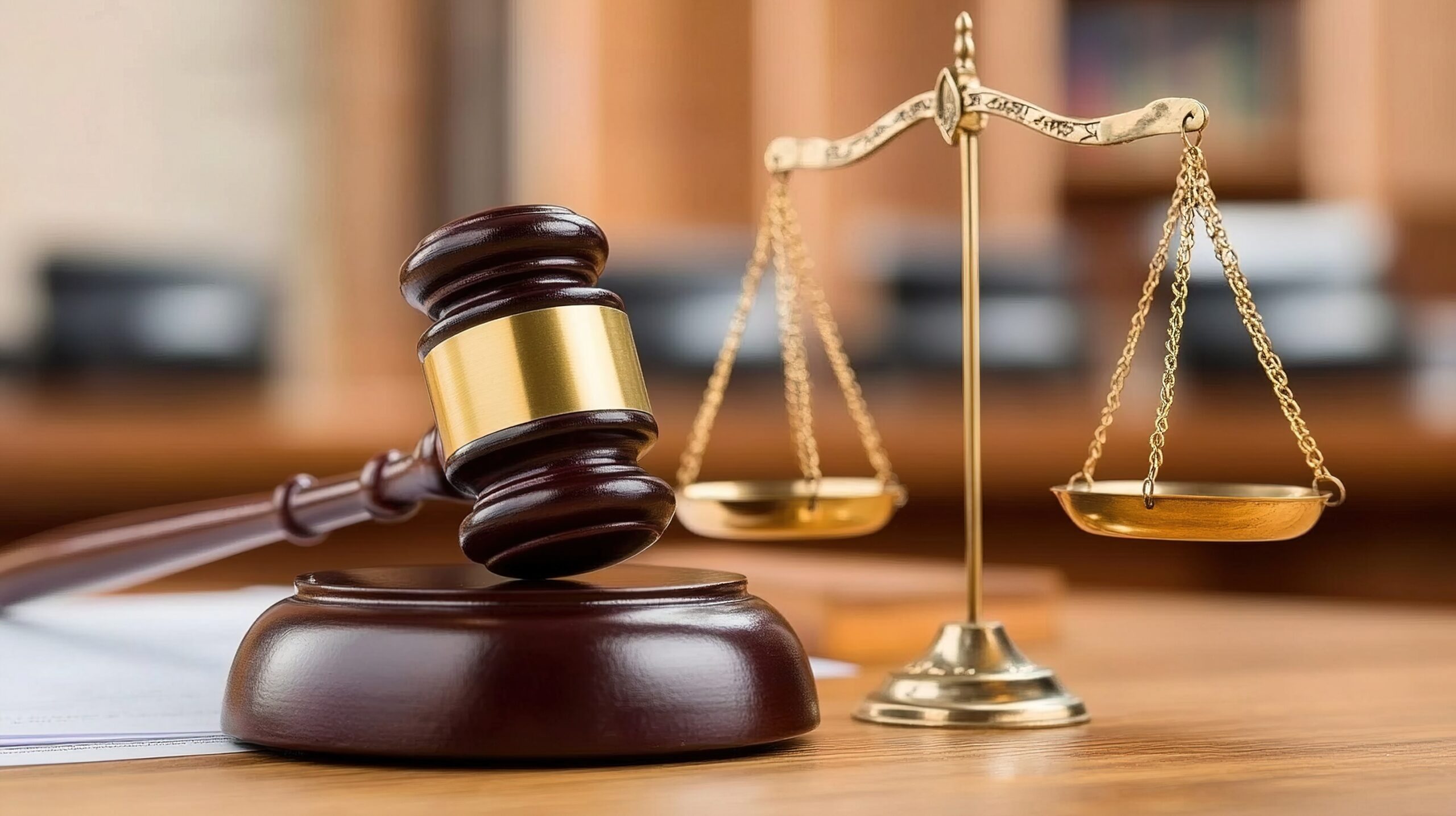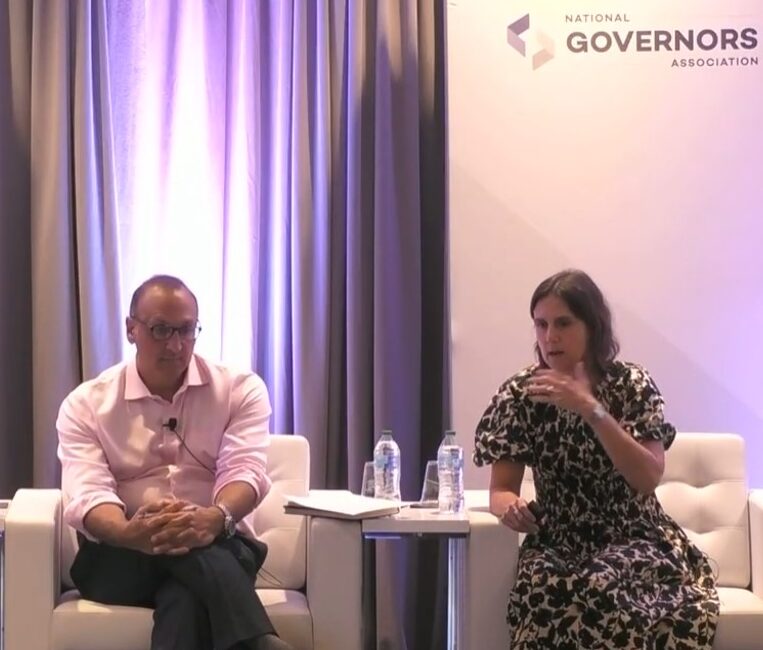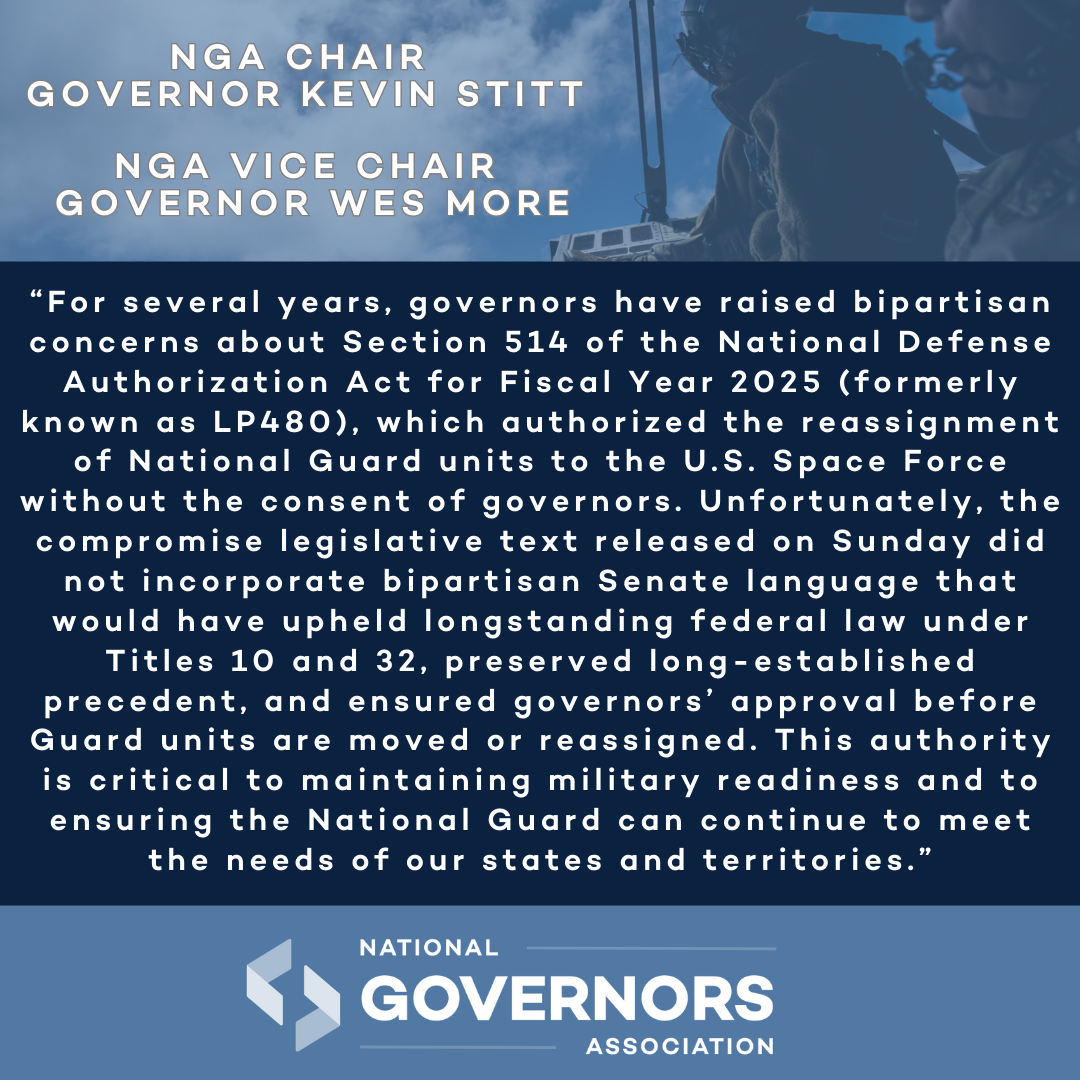This memo identifies the range of solutions Governors can deploy to address utility affordability and bill arrearages as the COVID-19 pandemic and resultant economic impacts continue.
Background
As a result of the COVID-19 pandemic and its economic effect, unemployment across the United States reached unprecedented levels, peaking at 14.8 percent in April 2020 before decreasing to a still-elevated 6.0 percent nationally as of March 2021. As a result of this increase in unemployment and resulting wage loss, many households found themselves unable to pay energy, water and telecommunications utility bills, resulting in potentially high utility debt and financial impacts to utilities. Estimates of financial impacts to utilities include:
- $32 billion in electric and gas utility bill arrearages at the end of 2020, with as many as 20 percent of households behind on utility payments
- $13.9 billion in aggregate financial impact to drinking water utilities ,
- $12.5 billion in revenue losses to wastewater utilities
Governors, state legislatures and utility regulators in 34 states responded by issuing moratoria on utility disconnections and fees on late bill collection, providing temporary relief for households. Further, many utilities voluntarily adopted temporary restrictions on customer disconnection and collection of arrearages resulting from the pandemic. As these protections expire, mounting arrearages continue, saddling many utility customers with debt and threatening the financial stability of utilities, particularly small energy and water utilities. As we near the end of the pandemic, many of these protections have ended as states move to ramp up recovery efforts.
While disconnection moratoria offered temporary relief from utility bills for customers, Governors and utility regulators will ultimately need to determine how to address accrued bill arrearages, whether by authorizing utility cost recovery of accrued debt through rate adjustment mechanisms, allowing utilities to collect unpaid bills from customers, implementing payment plans, offering financial assistance to utilities and customers, or other means. This will involve balancing the need for customer bill relief with saddling utilities, in particular rural cooperatives and small energy and water utilities, with additional debt.
This memo identifies the range of solutions Governors can deploy to address utility affordability and bill arrearages as the COVID-19 pandemic and resultant economic impacts continue. These solutions were gathered through an Experts Roundtable on Utility Disconnection Moratoriums hosted by the NGA Center for Best Practices December 2-3, 2020 along with additional literature review and conversations with experts.












